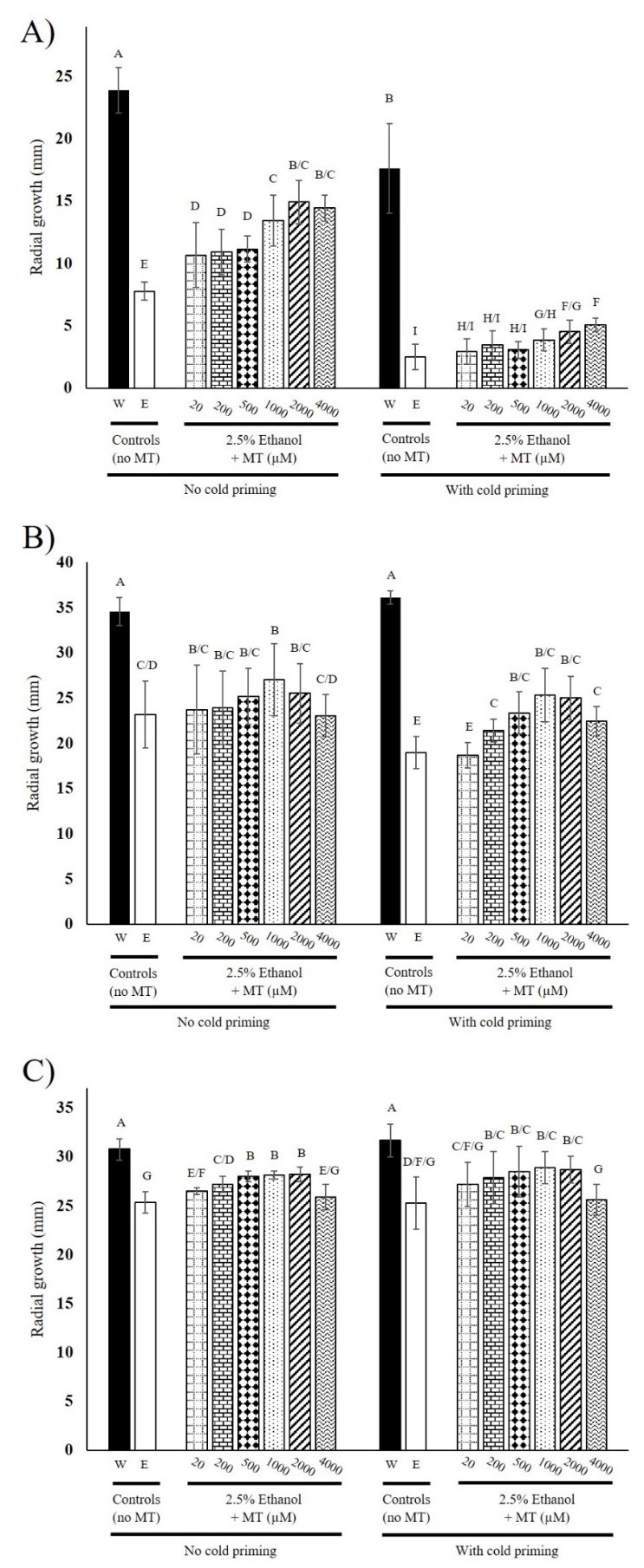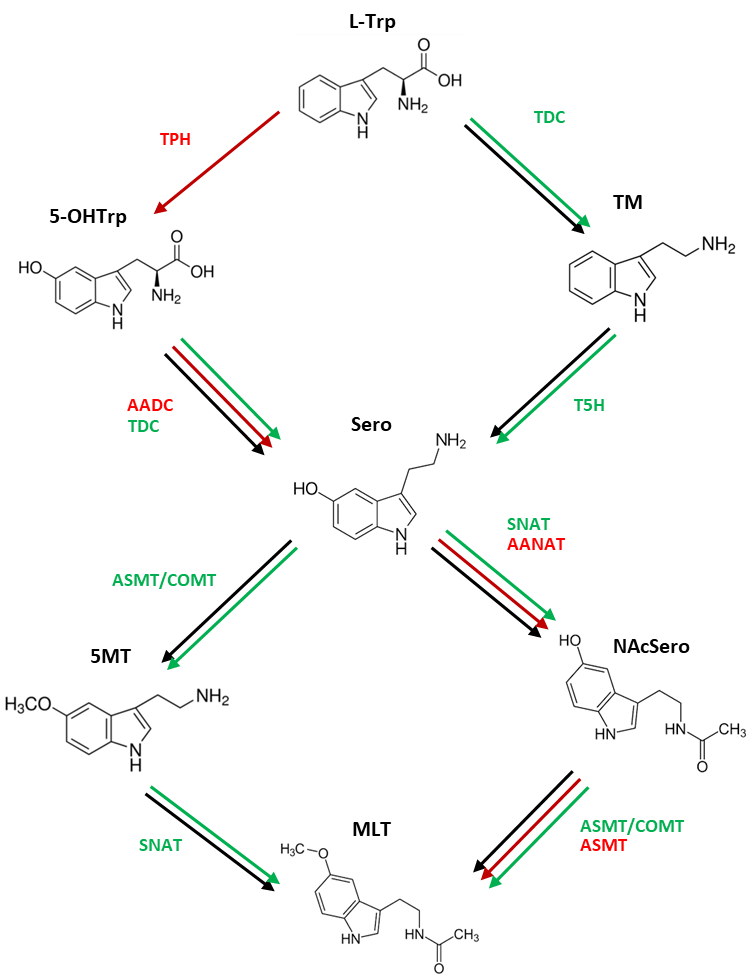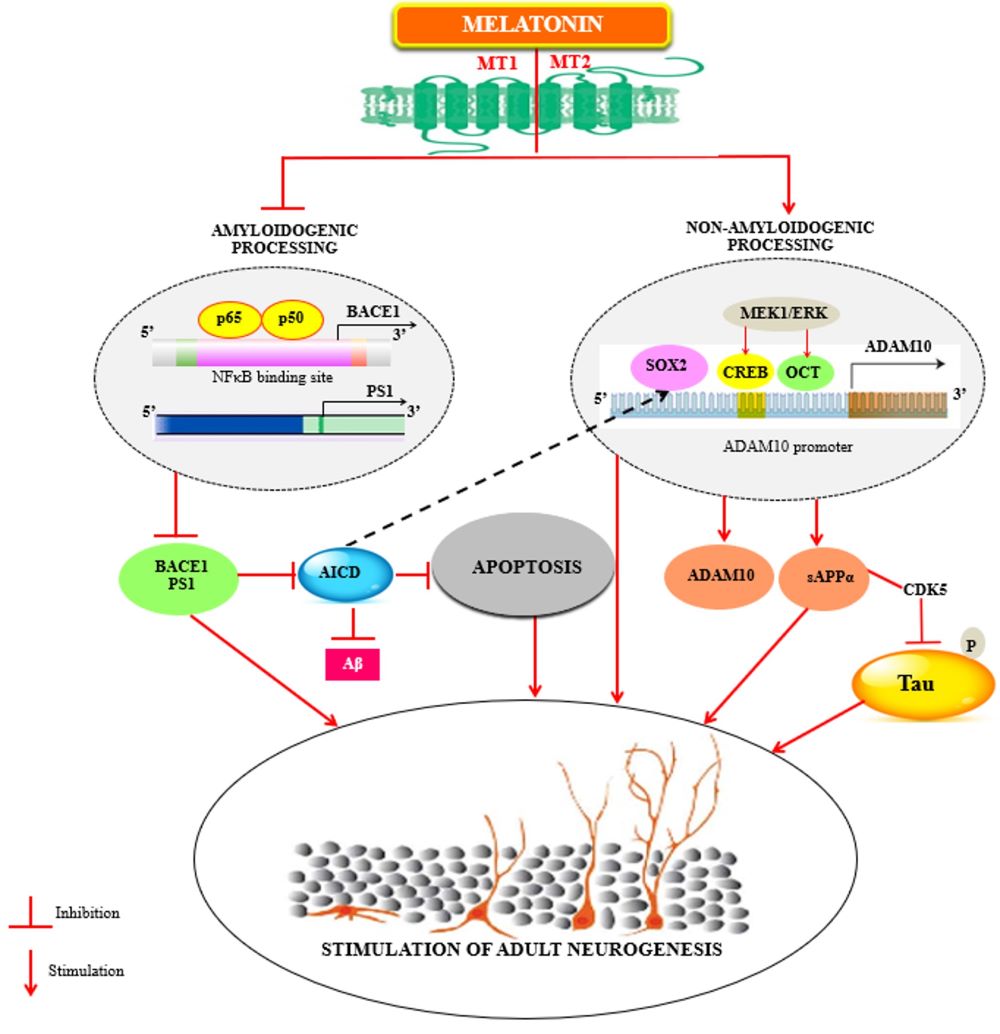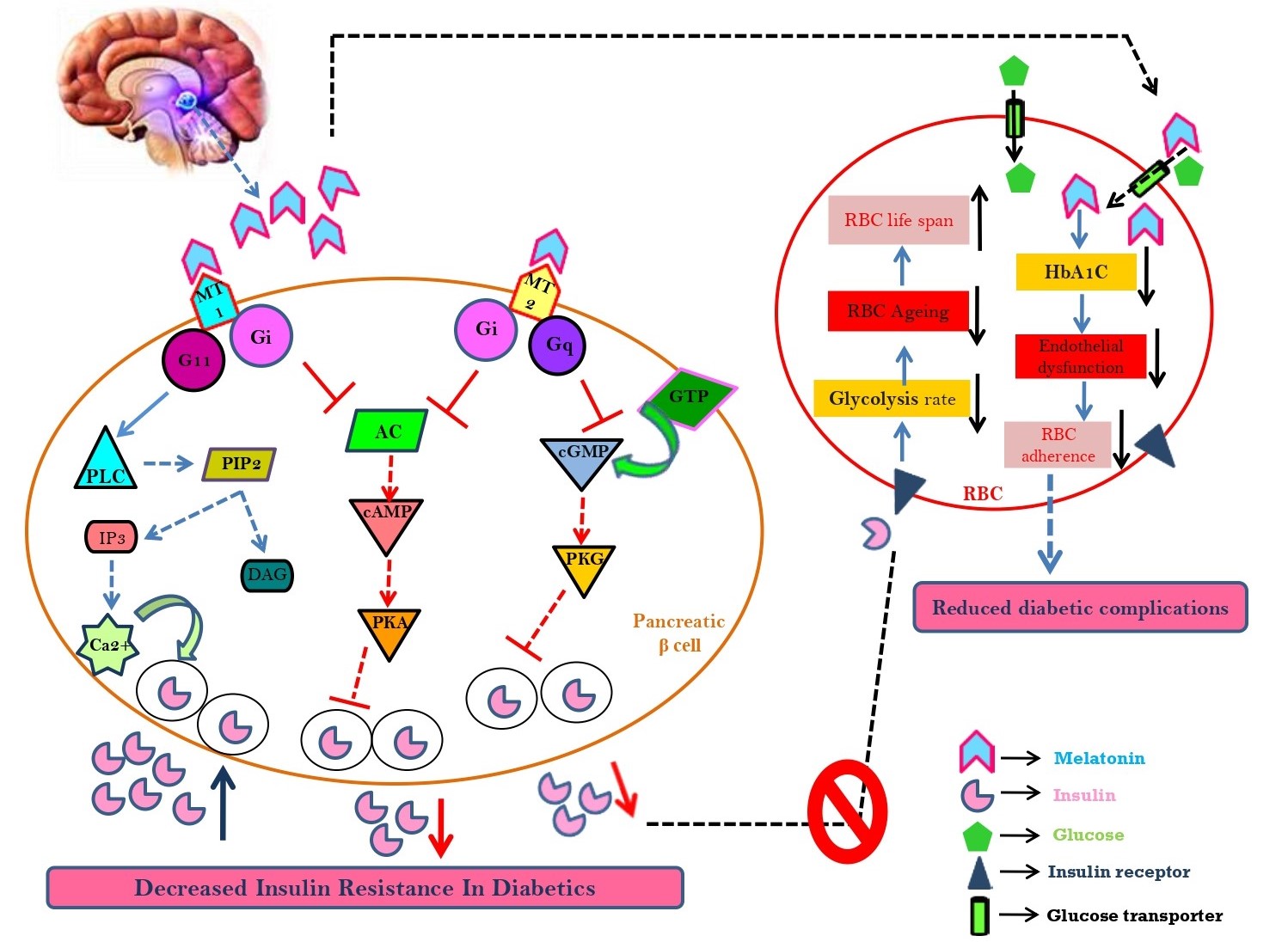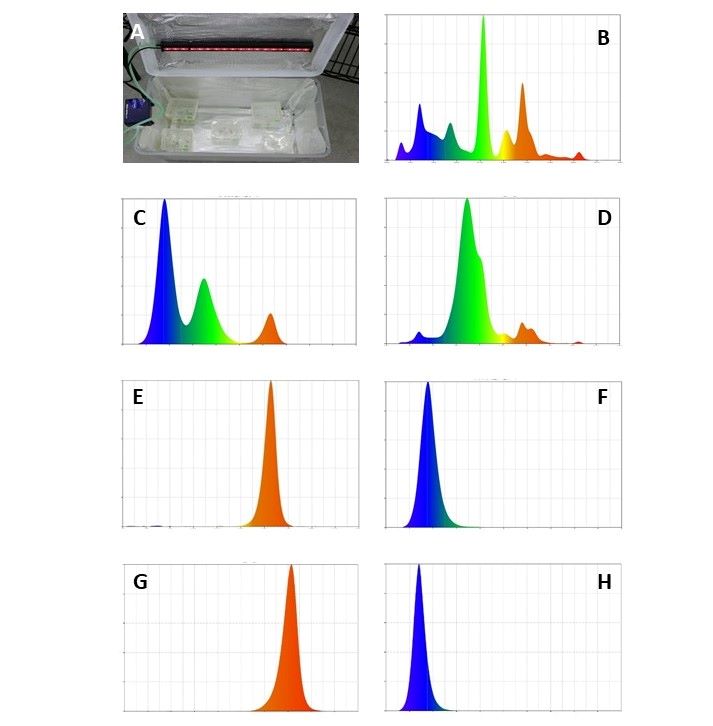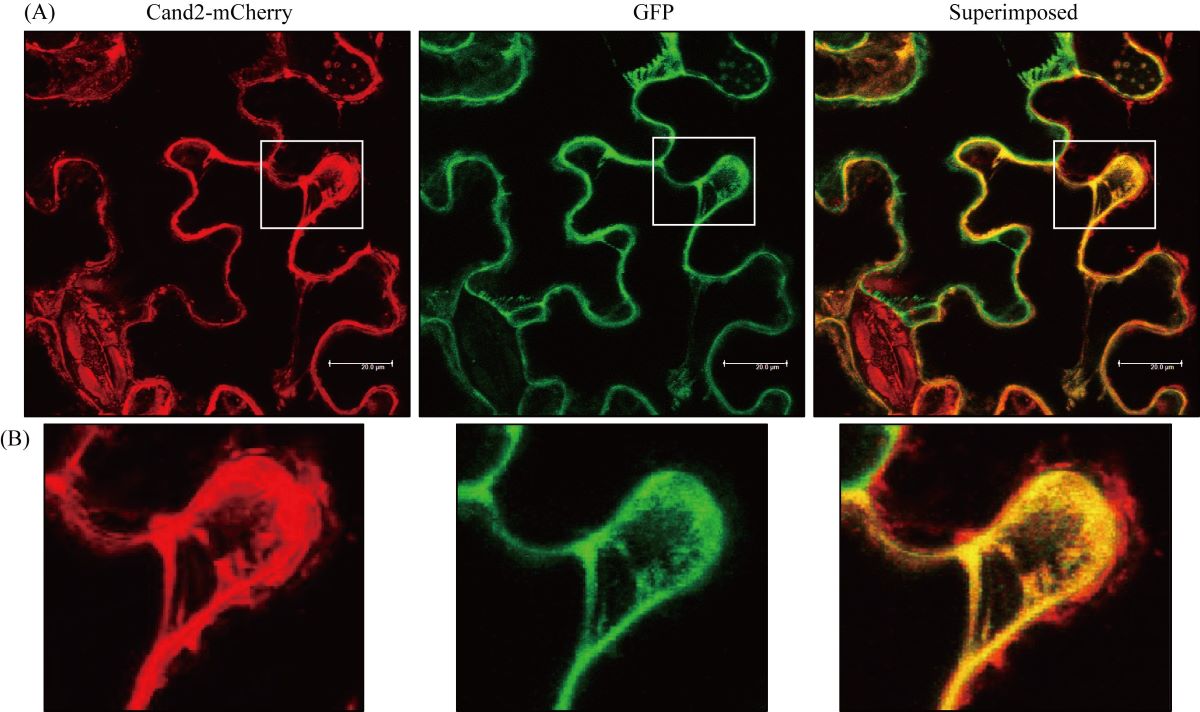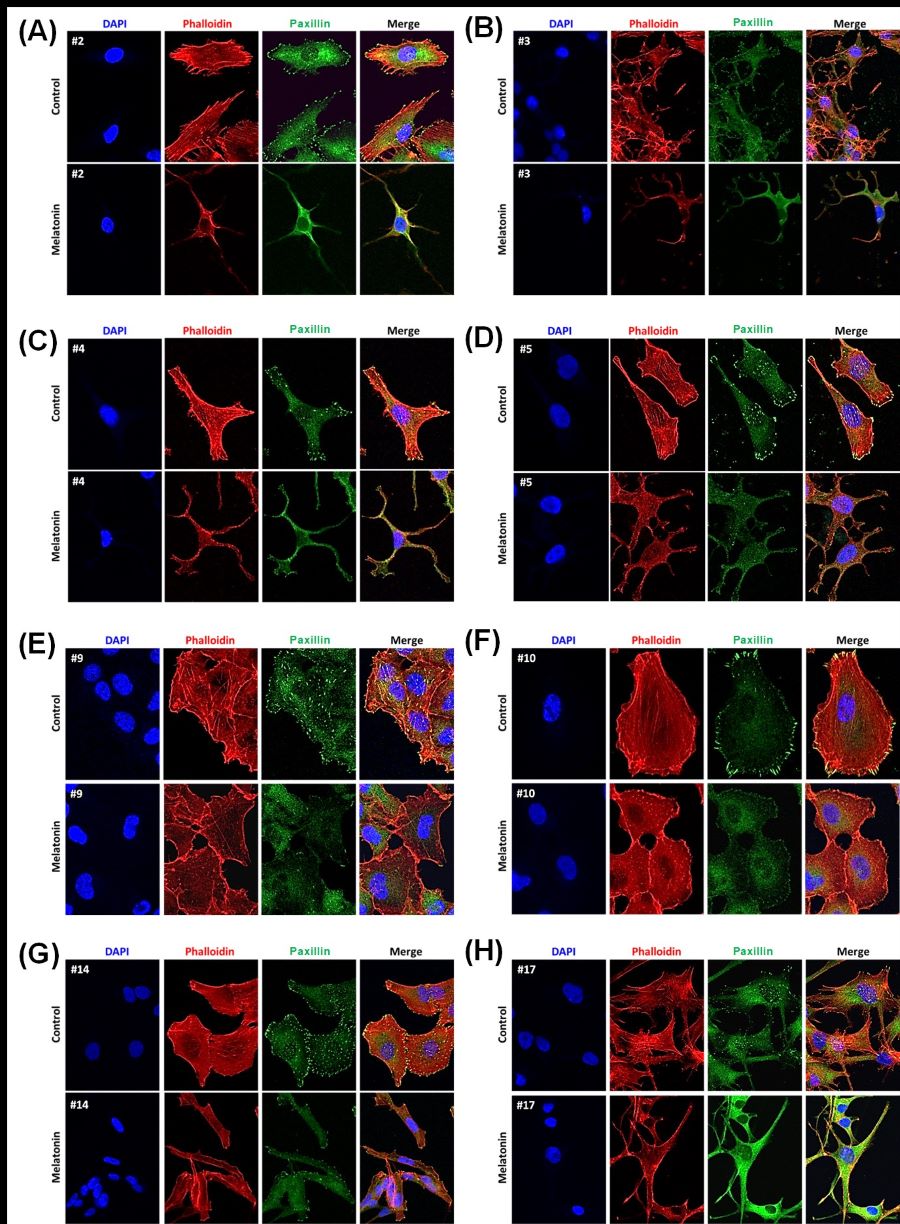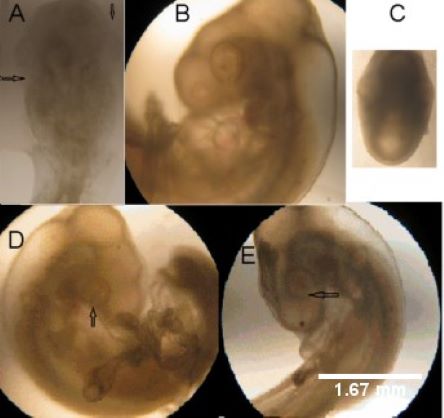
Melatonin membrane receptors have been extensively studied and well documented in animals. These receptors are classified into the high affinity MT1, MT2 and low affinity MT3 subtypes. Whether MT3 is a melatonin membrane receptor is still debatable since the best evidence shows that MT3 is situated in the cytoplasm rather than in the cell membrane. MT3 actually is a cytosolic enzyme, human quinone reductase 2 (hQN2). MT1 and MT2 are classic G protein coupled receptors and their activations often involve the cAMP pathway. Compare to animals, melatonin receptors in plants are a novel issue and many uncertainties exist. In 2018, Wei et al [Wei J, Li D, Zhang J, Shan C, Rengel Z, Song Z, Chen Qi (2018) Phytomelatonin receptor PMTR1-mediated signaling regulates stomatal closure in Arabidopsis thaliana, J. Pineal Res. 265 :e12500] reported a plant melatonin receptor which was referred as the first phytomelatonin receptor (CAND2/PMTR1) to be identified. Similar to the animal membrane receptors, they report that PMTR1 also couples with heterotrimeric G protein α subunit and regulates stomatal closure via H2O2 production and Ca2+ influx in Arabidopsis. However, this PMTR1 is challenged by the report published in this issue. Using state of the art technologies, Lee and Back show that CAND2/ PMTR1 protein localizes in the cytoplasm rather than in the plasma membrane in plants. In cand2 knockout mutant plants, melatonin-mediated mitogen-activated protein kinase (MAPK) activation was not abolished nor did melatonin-mediated defense gene inductions diminish compared to that in the wild type. The authors claim that PMTR1 is neither a melatonin membrane receptor, nor is it involved in the melatonin-mediated defense signaling pathway via G protein components. This important observation by Lee and Back raises a new question whether plants have the melatonin membrane receptors as do animals, and if they do, are they G protein coupled? The MT1 and MT2 in animals were acquired during evolution. In many ways, animals and plants have different evolutionary processes.
